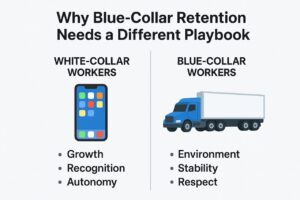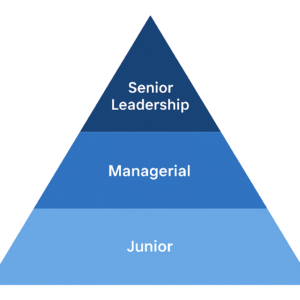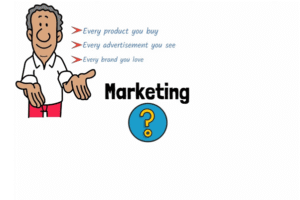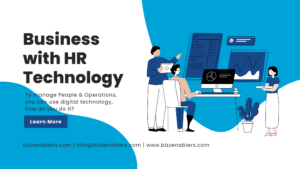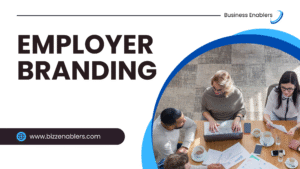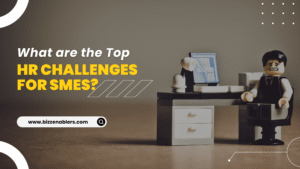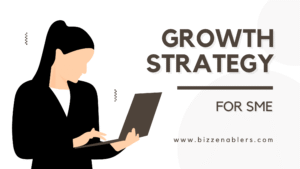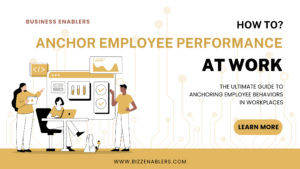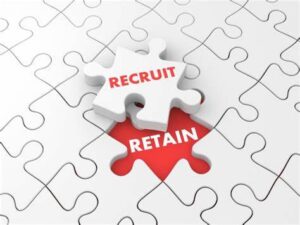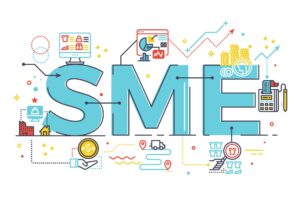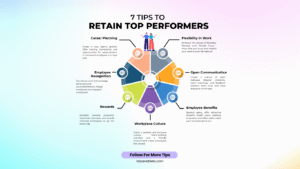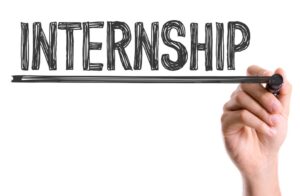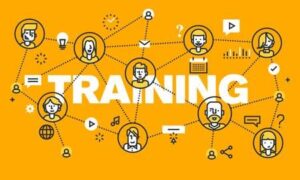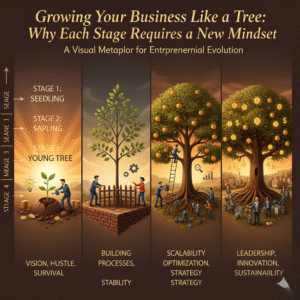
In the bustling economic landscape of Bengaluru and across India, Small and Medium
Enterprises (SMEs) are the lifeblood of innovation and employment. Often, the focus in SMEs
is heavily placed on sales, marketing, and product development, and rightly so. However,
there’s a powerful, often underestimated, function that holds the key to unlocking exponential
growth and sustainable success: Human Resources.
For too long, HR in many SMEs has been viewed as a purely administrative function – handling
payroll, recruitment, and compliance. While these operational tasks are crucial, they represent
only a fraction of HR’s potential. Imagine HR not as a cost center, but as a dynamic growth
engine, strategically aligning people management practices with overall business objectives
to drive performance, innovation, and ultimately, profitability.
This shift in perspective is critical. In today’s competitive environment, where talent is a
primary differentiator and employee expectations are higher than ever, SMEs that embrace
strategic HR gain a significant edge. They understand that their people are not just resources,
but the core drivers of their growth trajectory.
Beyond Administration: The Strategic Imperative for SME HR
To truly act as a growth engine, HR in an SME must transcend its traditional administrative
boundaries and become a strategic partner to leadership. This means focusing on:
1. Talent Acquisition & Employer Branding: It’s not just about filling vacancies; it’s about
attracting the right talent that aligns with your company culture and future needs.
2. Onboarding & Integration: Beyond paperwork, effective onboarding ensures new hires
are quickly productive and feel connected to the company.
3. Performance Management & Development: Shifting from annual appraisals to
continuous feedback, coaching, and growth opportunities.
4. Employee Engagement & Culture Building: Fostering an environment where
employees feel valued, motivated, and committed.
5. Compensation & Benefits: Crafting competitive and fair reward systems that attract
and retain top performers.
6. Learning & Development (L&D): Investing in upskilling and reskilling to ensure your
workforce is future-ready.
7. Succession Planning: Identifying and developing future leaders from within.
8. Data-Driven HR: Using HR metrics to inform decisions and demonstrate impact.
Let’s explore how each of these strategic HR pillars directly fuels SME growth.
1. Attracting Top Talent: Your First Growth Catalyst
Growth begins with the right people. In a talent-rich city like Bengaluru, competition for skilled professionals is fierce. Strategic HR moves beyond posting job ads to building a compelling employer brand.
● Employer Value Proposition (EVP): Clearly define what makes your SME a unique and desirable place to work. Is it your innovative culture? Your impact on the community? Growth opportunities?
● Targeted Recruitment: Use platforms and networks where your ideal candidates reside. Leverage employee referrals – your best advocates are your current employees.
● Efficient Interview Processes: Streamline your hiring process to be fast, fair, and positive for candidates. Top talent won’t wait long.
● Focus on Culture Fit: Beyond skills, assess how candidates align with your company values. A strong culture reduces turnover and enhances team cohesion. By attracting and securing the best talent, your SME gains a foundational advantage in capabilities and innovation.
2. Supercharging Productivity: Performance & Development
Once hired, talent needs to be nurtured and optimized. Strategic HR moves away from rigid annual reviews towards a continuous performance management cycle.
● Goal Alignment: Ensure individual employee goals are clearly linked to departmental and overall business objectives. This creates a sense of purpose and direction.
● Continuous Feedback: Implement regular, informal feedback sessions, not just formal reviews. This allows for timely course correction and celebrates successes.
● Coaching & Mentorship: Encourage managers to act as coaches, guiding employees in
their development. Consider mentorship programs for knowledge transfer and career
growth.
● Skill Development & Training: Proactively identify skill gaps and invest in training programs (online courses, workshops, certifications) that enhance employee capabilities
and prepare them for future roles. This directly impacts productivity and adaptability.
When employees feel supported, challenged, and see a path for growth, their engagement and productivity skyrocket, directly contributing to business growth.
3. Fostering a Winning Culture: Employee Engagement
Culture isn’t just a buzzword; it’s the invisible force that drives an SME’s success. Strategic HR actively shapes and nurtures a positive, productive, and engaging culture.
● Values-Driven Environment: Embed your company values into daily operations,
decision-making, and recognition. When employees live the values, the culture becomes
authentic.
● Recognition & Rewards: Implement formal and informal recognition programs that celebrate achievements, big and small. Acknowledgment is a powerful motivator.
● Open Communication Channels: Create platforms for transparent communication –town halls, regular team meetings, suggestion boxes – ensuring employees feel heard and informed.
● Work-Life Integration: Support work-life balance through flexible work arrangements (where feasible), wellness programs, and a focus on employee well-being. A happy workforce is a productive one. A highly engaged workforce is more innovative, resilient, and less likely to leave, drastically reducing recruitment costs and boosting organizational knowledge.
4. Smart Investing: Compensation & Benefits
Compensation and benefits are more than just a cost; they are a strategic investment in your people. Strategic HR ensures your reward system is competitive, fair, and motivates performance.
● Market Benchmarking: Regularly research compensation trends in your industry and
region (e.g., Bengaluru’s tech sector) to ensure your salaries and benefits are
competitive.
● Performance-Based Pay: Link a portion of compensation to individual and company performance to incentivize goal achievement.
● Holistic Benefits: Beyond salary, consider benefits that truly add value to employees’
lives – health insurance, professional development allowances, flexible hours, or even unique perks aligned with your company culture.
● Transparency: Be transparent about your compensation philosophy and how pay decisions are made. This builds trust and reduces perceived unfairness. A well-designed compensation and benefits strategy attracts top talent, boosts morale, and ensures your employees feel valued for their contributions.
5. Future-Proofing Your Workforce: Learning & Development and Succession Planning
The business world is constantly evolving. Strategic HR prepares your SME for the future by continuously developing its human capital.
● Proactive Skill Gap Identification: Look ahead to emerging technologies and market
trends. What skills will your SME need in 3-5 years? Begin developing them now.
● Personalized Learning Paths: Offer employees personalized development plans that align with their career aspirations and the company’s strategic needs.
● Leadership Development Programs: Identify high-potential employees and invest in
programs that groom them for future leadership roles.
● Succession Planning: Create a clear pipeline for critical roles within the organization. This ensures continuity, reduces risk, and provides internal growth opportunities.
By investing in your employees’ growth, your SME builds an adaptable, resilient workforce capable of navigating future challenges and seizing new opportunities.
The ROI of Strategic HR: Tangible Growth for SMEs
Embracing HR as a growth engine isn’t just about being “nice to employees”; it yields
measurable returns:
● Increased Productivity: Engaged, skilled employees work more efficiently and
effectively.
● Higher Retention Rates: Reduced employee turnover saves significant recruitment and
training costs.
● Enhanced Innovation: Diverse, motivated teams generate more creative solutions.
● Stronger Employer Brand: Attracts higher quality candidates with less effort and cost.
● Improved Customer Satisfaction: Happy employees often translate to happy
customers.
● Sustainable Growth: A robust talent pipeline and adaptable workforce ensure long-term
viability.

